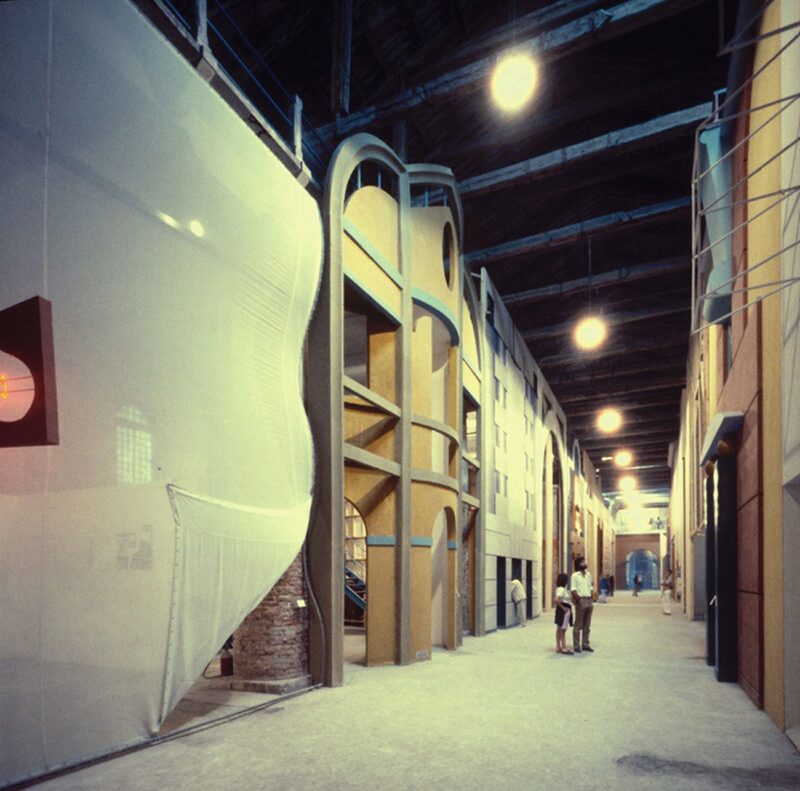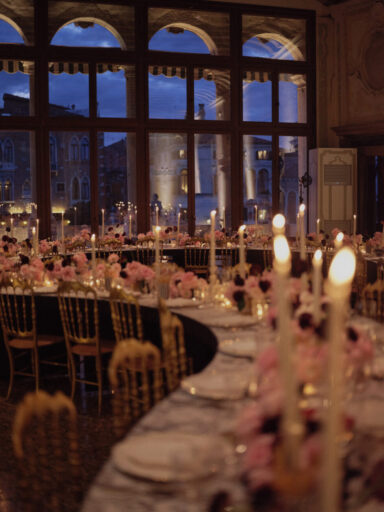Paolo Portoghesi, a remarkable figure in the architectural world, passed away on May 30, 2023, at the age of 92. His lifelong dedication to the field of architecture, his invaluable contributions as an academic, and his profound influence on architectural theory and practice have left an indelible mark on the profession
Words DOMENICO COSTANTINI
One does not know where to begin to remember Paolo Portoghesi, who was born in 1931 in Rome’s Piazza dei Caprettari, near the architect’s most beloved masterpiece, Francesco Borromini’s Sant’Ivo alla Sapienza. Rarely has the geolocation of a birth been more telling for a biography: already in his teenage notebooks, Portoghesi was planning a book on the Ticino master. His career is divided into two phases, two equally dazzling halves. After graduating with Guglielmo De Angelis d’Ossat in 1957, his first studies in architectural history, however, were devoted to the masters of Piedmontese Baroque because his mother came from up there, hence Guarino Guarini and Bernardo Vittone. Not even thirty years old, he receives enthusiastic letters from Giulio Carlo Argan, Bruno Zevi and even Rudolf Wittkower, all proposing him to collaborate. Together with Zevi he curates the great exhibition “Michelangiolo architetto,” then on his own the mighty volumes on Borromini and Baroque Rome for which he also takes photographs climbing the then often crumbling bell towers and domes. Pasolini buys both and lets him know. When Azio Cascavilla made the documentary film “Utopia, utopia” in 1969 starring a bewildered and young Renato Nicolini, Portoghesi appeared as already an established and dandy professor at Sapienza. After all, at less than forty years of age he had already written thousands of pages, organized exhibitions and conferences, and had already quarreled with Zevi over his dangerous relations with his nemesis, Luigi Moretti whose political ideas he did not share but whose Borrominian furor mathematicus – his first wife, Anna Cuzzer, was moreover a collaborator of Moretti’s as well as the daughter of the high school mathematics professor.
He bonded professionally with engineer Vittorio Gigliotti; together they made the Casa Papanice building that Ettore Scola used for Dramma della gelosia to illustrate the petit-bourgeois anxiety of a brunette Monica Vitti married unwillingly to a butcher.
The great Norwegian historian Christian Norberg-Schulz, living in Rome in the 1970s, dedicates more than one monograph to Portoghesi and Gigliotti, expanding their international echo under the banner of genius loci. Director of “Controspazio,” the unofficial organ of “Tendenza,” he is also dean of architecture at the Milan Politecnico between 1968 and 1976. Charles Jencks, author of the seminal The Language of Postmodern Architecture (1977) invites the Roman architect to London, a global anti-modern milieu blossoms that leads to the first International Architecture Exhibition of the Venice Biennale in 1980 when Portoghesi has the Arsenale open for the first time, filling it with wooden facades made by Cinecittà workers under the name “Strada Novissima”.

The year before, he had helped his peer Aldo Rossi create the Theater of the World; together they inaugurated the season of ephemeral architecture. It was a publishing and professional triumph that led him to build churches and squares. In 1982 he dedicated his second Biennale to Islamic architecture in parallel with the very long work on the great Roman mosque that everyone criticized ideologically without ever visiting it.
The Italian Socialist Party (Psi), to which he had been a member since 1961, promoted him to the presidency of the Biennale, favoring among other things Rossi’s historic 1985 edition and Carmelo Bene‘s theatrical 1989 edition, until the fatal 1992. According to Manfredo Tafuri, when asked what postmodernism ever was, Portoghesi answered Bettino Craxi, for which he removed his salute and violently condemned him in “Storia dell’architettura italiana” published by Einaudi.
Despite his success, the second part of Portoghesi’s life, however, took place secluded in a small town in Tuscia, Calcata, which he helped save and redevelop, creating a garden and a library, offering asylum to his favorite animals namely the peacocks and donkeys of Bressonian memory. Here he hosted Henry-Russell Hitchcock, Norberg-Schulz and other big names together with his second wife Giovanna Massobrio with whom in the early 1990s he had opened the ” Galleria Apollodoro ” and signed several books together. In Calcata Andrei Tarkovsky shot a scene from Nostalghia because only here is perceptible “the strong friendship of time,” as one of his many beloved poets, Libero De Libero wrote in Valle etrusca. He died yesterday at the age of 91.



